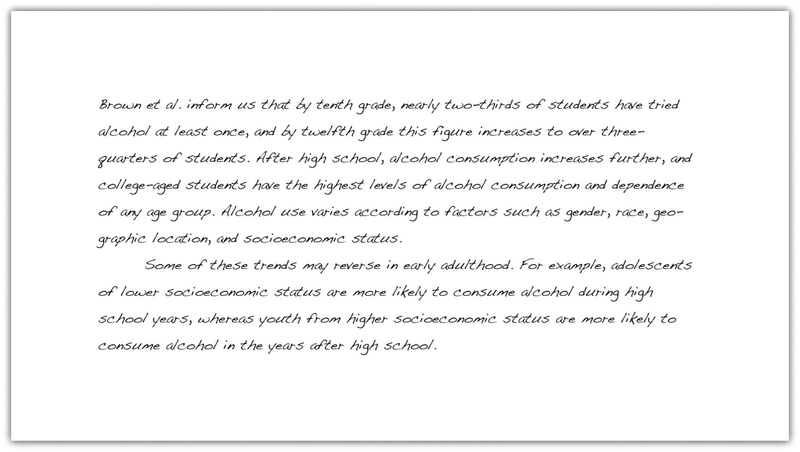A summary shrinks a large amount of information into only the essentials. You probably summarize events, books, and movies daily. Think about the last blockbuster movie you saw or the last novel you read. Chances are, at some point in a casual conversation with a friend, coworker, or classmate, you compressed all the action in a two-hour film or in a two-hundred-page book into a brief description of the major plot movements. While in conversation, you probably described the major highlights, or the main points in just a few sentences, using your own vocabulary and manner of speaking.
Similarly, a summary paragraph condenses a long piece of writing into a smaller paragraph by extracting only the vital information. A summary uses only the writer’s own words. Like the summary’s purpose in daily conversation, the purpose of an academic summary paragraph is to maintain all the essential information from a longer document. Although shorter than the original piece of writing, a summary should still communicate all the key points and key support. In other words, summary paragraphs should be succinct and to the point.

A summary of the report should present all the main points and supporting details in brief. Read the following summary of the report written by a student:

Notice how the summary retains the key points made by the writers of the original report but omits most of the statistical data. Summaries need not contain all the specific facts and figures in the original document; they provide only an overview of the essential information.
- 瀏覽次數:3442






